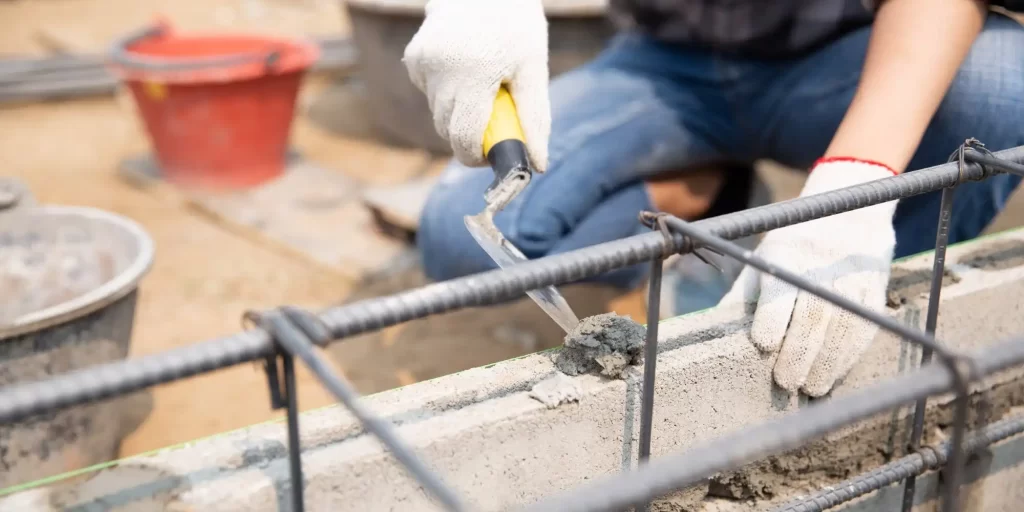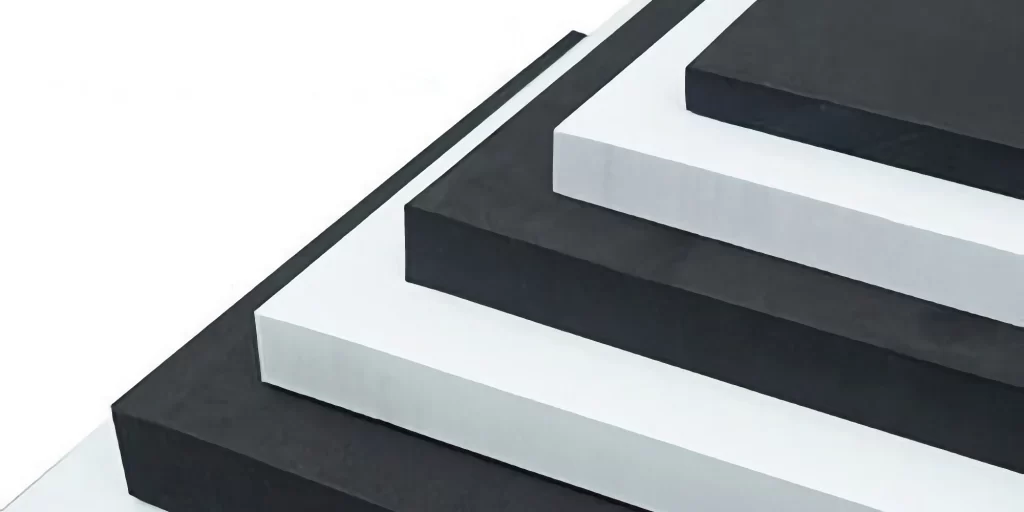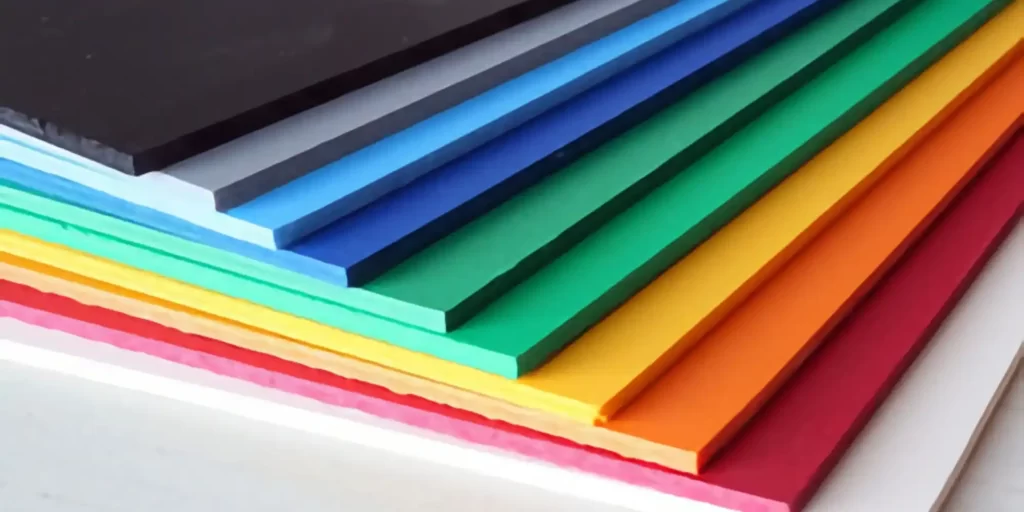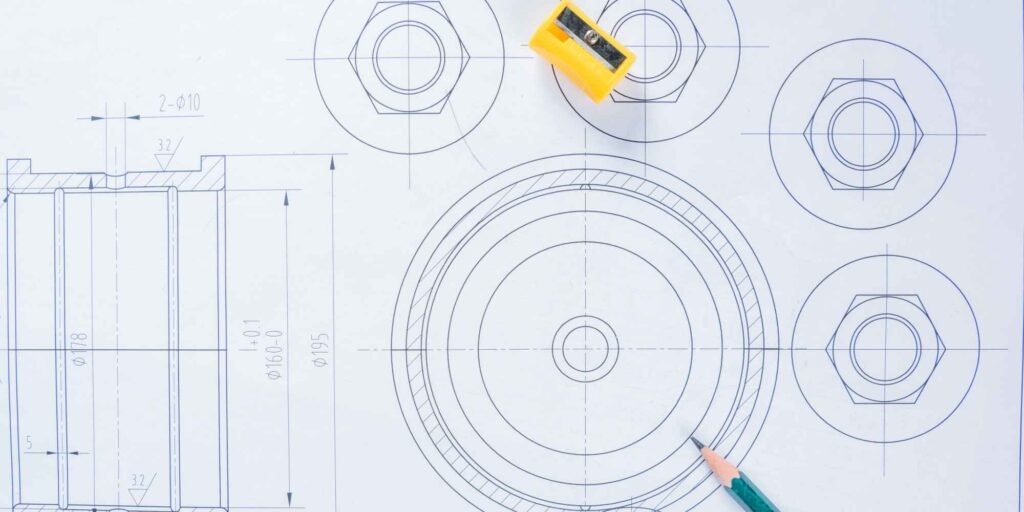Introduction:
Formwork plays a pivotal role in the construction industry, providing the necessary molds for concrete structures. With the evolution of materials and technologies, EVA foam has emerged as a game-changer in formwork applications. This article delves deep into the benefits, applications, and frequently asked questions about EVA foam in formwork products.
1. What is EVA Foam?
EVA (Ethylene Vinyl Acetate) foam is a soft, flexible, and durable material known for its shock-absorbing qualities. It’s lightweight, water-resistant, and can be molded into various shapes, making it an ideal choice for formwork applications.
2. Why EVA Foam for Formwork?
- Durability: EVA foam is resistant to cracks and wear, ensuring longevity in formwork applications.
- Flexibility: Its malleable nature allows it to adapt to various shapes and sizes.
- Water Resistance: EVA foam does not absorb water, preventing any damage or deformation.
- Cost-Effective: Compared to traditional formwork materials, EVA foam is more affordable and offers a better return on investment.
3. Applications of EVA Foam in Formwork:
- Column Formwork: EVA foam can be used to create cylindrical or square column molds.
- Slab Formwork: For flat concrete structures, EVA foam provides an even and smooth surface.
- Wall Formwork: EVA foam ensures a consistent and uniform finish for walls.
- Foundation Formwork: EVA foam can be used for foundation molds, ensuring stability and precision.
4. Advantages Over Traditional Materials:
Traditional formwork materials like timber and steel have their limitations. EVA foam, on the other hand:
- Is lighter, reducing transportation and labor costs.
- Offers better insulation properties.
- Is easier to handle and set up.
- Reduces the risk of injuries on-site due to its soft nature.
5. Environmental Impact:
EVA foam is eco-friendly. It doesn’t release harmful chemicals during its lifecycle, and its lightweight nature means reduced carbon emissions during transportation.
6. Maintenance and Care:
EVA foam formwork products are easy to maintain. They can be cleaned with water and mild detergents, and their inherent water resistance prevents mold growth.
7. Future of EVA Foam in Formwork:
With the construction industry leaning towards sustainable and efficient materials, the future of EVA foam in formwork looks promising. Innovations are underway to enhance its properties and make it even more suitable for diverse construction needs.
FAQs:
- Q: Is EVA foam formwork reusable?
- A: Yes, EVA foam formwork can be reused multiple times, making it a cost-effective option.
- Q: How does EVA foam handle extreme temperatures?
- A: EVA foam is resistant to extreme temperatures, ensuring stability and consistency in formwork applications.
- Q: Can EVA foam be customized for specific formwork needs?
- A: Absolutely! EVA foam can be tailored to specific shapes, sizes, and requirements.
- Q: How does EVA foam compare to timber in terms of cost?
- A: While the initial cost might be comparable, EVA foam offers better longevity and reusability, making it more cost-effective in the long run.
Conclusion:
EVA foam’s unique properties make it a standout choice for formwork applications in the construction industry. Its durability, flexibility, and cost-effectiveness are unmatched. As the construction sector continues to evolve, EVA foam is set to play an even more significant role in shaping the future of formwork.






